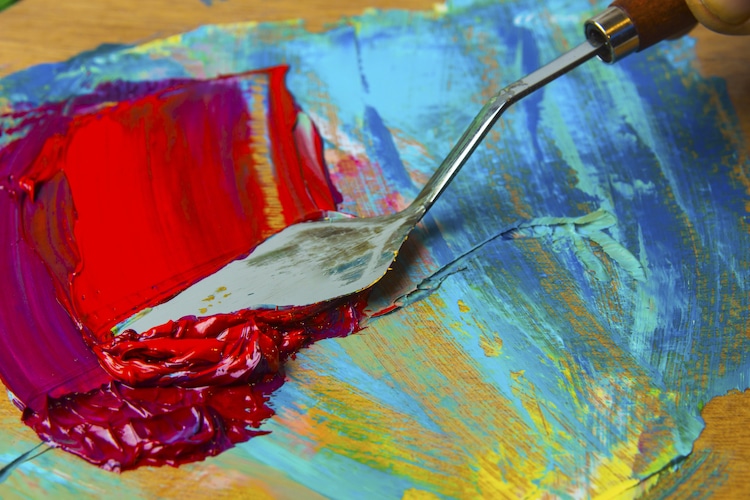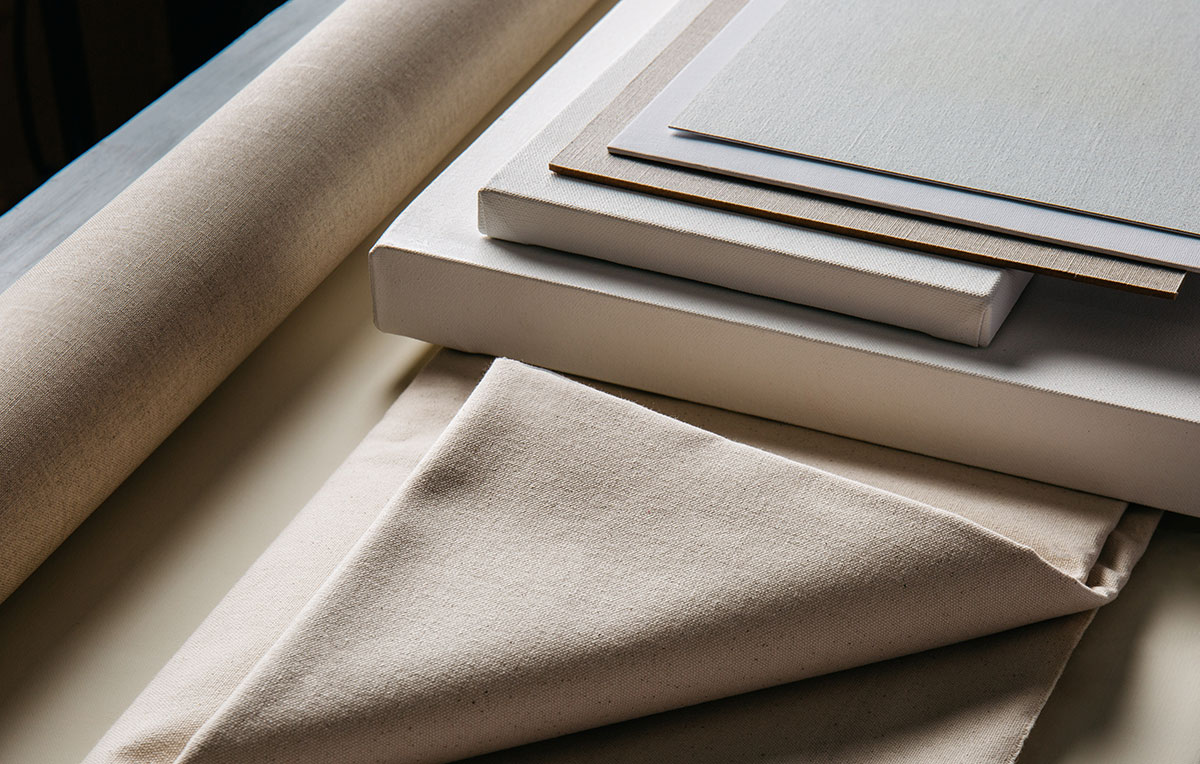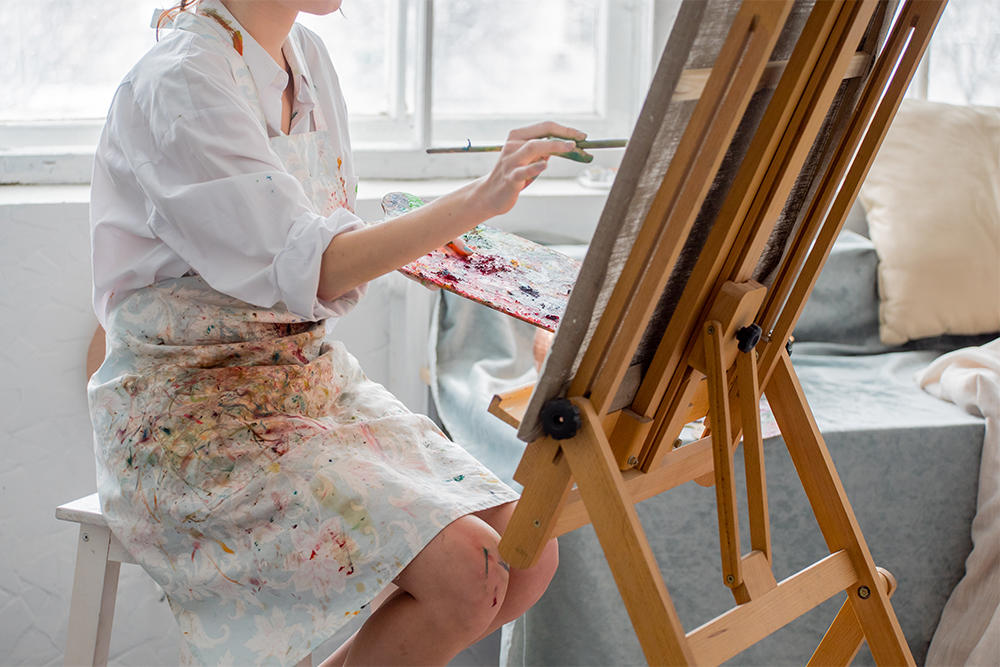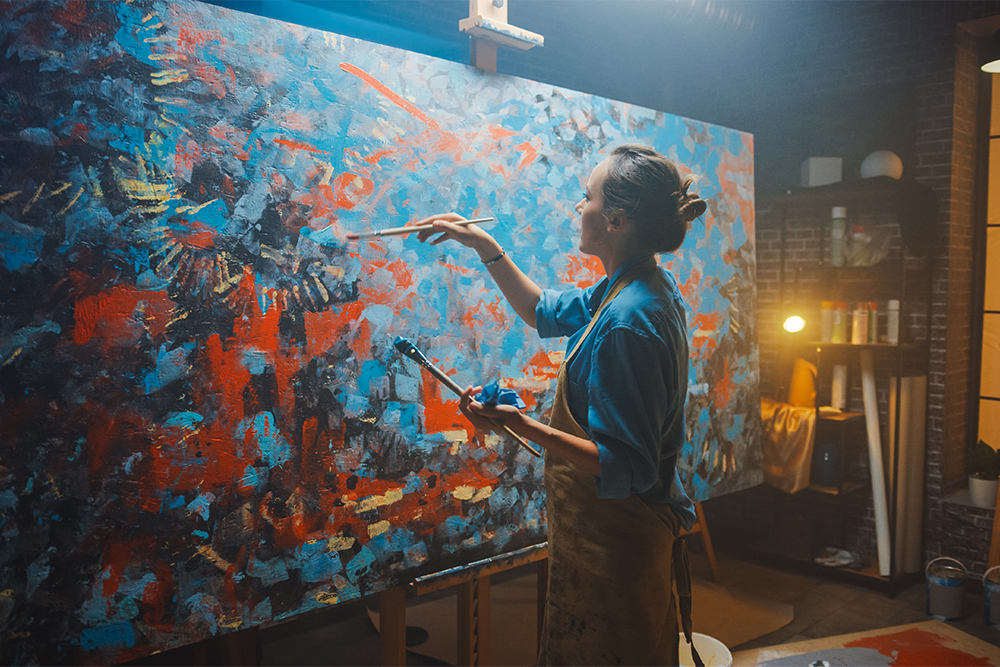:max_bytes(150000):strip_icc():format(webp)/a-row-of-oil-paint-tubes-93192549-58178e3b3df78cc2e8f73a96.jpg)
Obviously, the first thing you’ll need is oil paint and lots of it. For beginners, I’d suggest Newton Winton oil paint. It’s a less expensive brand of oil paint, but the quality is fine. As far as colors go, here’s a list of the must-haves: Titanium White, Ivory Black, Cadmium Red, Permanent Alizarin Crimson, Ultramarine Blue, Pthalo Blue, Cadmium Yellow Light, and Cadmium Yellow.

If you’re just starting out, trust me, you won’t need a ton of different paintbrushes. All you really need is a few natural, student-grade bristle brushes in different sizes. I‘d suggest six total in a range of sizes: two size 2 brushes, two size 6 brushes, and two size 12 brushes. One of each pair should be a flat brush (with a squared-off brush tip) and the other should be a filbert brush (with a slightly rounded tip).

You need palette knives not just for mixing your paints on your palette, but also for applying beautiful textured strokes of paint on your canvas. The palette knife can create effects which you are not able to achieve with the paint brush. You want your palette knives to be firm yet flexible.

Second to the paint itself, the canvas is super important. It’s where your imagination comes to life! It’ll need to be a canvas that is pre-primed with gesso, a primer which makes the canvas a bit textured, ready for the oil paint. You can buy pre-primed canvas or you can purchase gesso to add to a canvas. Alternatively, you could get creative and use glass or wood if you prefer!
:max_bytes(150000):strip_icc():format(webp)/paint-tube-palette-591397602-5acc1295c06471003755f891.jpg)
When it comes to palettes, you don’t have to be fancy. For a while I used a big piece of glass. To clean it, I just took a flat razor blade and scraped all the old paint off. This days I am a big fan of disposable palettes due to the ease of cleaning up. Whatever you choose, you’ll need someplace to mix paint. Make sure it’s big enough to hold all your colors AND have a lot of space left over for mixing.

Every oil painter needs an easel but you may not need an expensive one right at first. At the very least an easel should be adjustable to your height (whether you like to sit or stand) and securely hold your paintings, whatever size they may be. For beginners, find something cheap at a garage sale and use it until it starts to annoy you. After you’ve painted for a little it’ll be easier to walk into an art store and pick out an easel that will work for you. If you try to buy an easel without ever having painted, you’ll have a tough time knowing what you want. What Is Your Easel Type?

Unlike watercolors or acrylics, you can’t clean up oil paints with water. Instead, paint solvent is used to break down the oil in your paint. There are many different types of solvents available, but if you are just starting out I would recommend an odorless solvent. Other alternatives like turpentine may be more powerful but they are extremely strong on the senses.

If your clothes don’t start out messy they’ll get that way soon. Every painter needs a few painting outfits that they can get paint on, but make sure they’re comfortable too.

Some painters prefer to do their “sketch” in paint directly on the work surface, but others prefer pencil. Since oil paint is opaque, you can use a soft, broad-tipped pencil such as a charcoal pencil. Charcoal pencils work pretty good on the texture of canvas (better than graphite, anyway) and it doesn’t have to be perfect, just an outline drawing so you can see your composition ahead of time. These days I do all my preliminary sketches in paint with a paintbrush, but a charcoal pencil is probably easier to handle if you’re new to painting.
